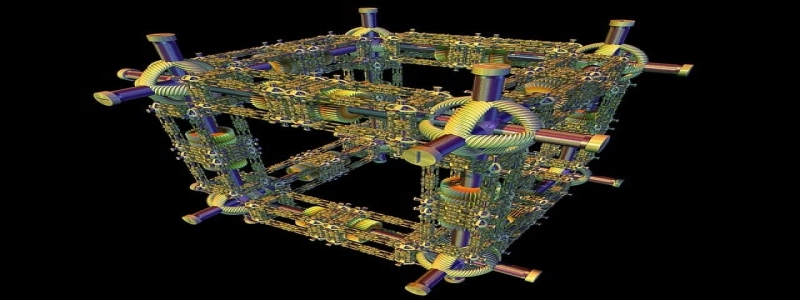FIBER MULTIMODE VS SINGLE MODE
Wstęp
Fiber optics is the backbone of modern communication systems, enabling the transmission of vast amounts of data across long distances at incredible speeds. When it comes to fiber optics, there are two primary types of fiber – multimode and single mode. In this article, we will delve into the differences between these two types of fiber and analyze their applications and advantages.
1. Multimode Fiber
1.1 Definition
Multimode fiber, as the name suggests, is capable of transmitting multiple modes or rays of light simultaneously. It is characterized by a larger core diameter, typically measuring 50 or 62.5 microns, which allows multiple light beams to traverse through the fiber simultaneously.
1.2 Specifications and Advantages
Multimode fiber is designed for shorter distance communications, typically spanning up to 550 meters. Due to its larger core, it can accommodate a variety of light sources, including light-emitting diodes (LEDs) and vertical-cavity surface-emitting lasers (VCSELs), making it a cost-effective solution for local area networks (LANs) and short-range telecommunications.
1.3 Applications
Multimode fiber is commonly used in LANs, computer networks, and data centers where high data volume and short transmission distances are required.
2. Single Mode Fiber
2.1 Definition
Single mode fiber, z drugiej strony, only allows a single mode of light to propagate through the fiber. It has a much smaller core diameter, typically measuring around 9 microns, which enables a more focused light beam to be transmitted, minimizing signal loss and dispersion.
2.2 Specifications and Advantages
Single mode fiber is designed for long-distance transmission, capable of spanning several kilometers without significant signal degradation. It supports high bandwidth applications and offers lower attenuation, allowing for higher data transmission speeds over greater distances.
2.3 Applications
Single mode fiber finds its applications in long-haul telecommunications, cable TV networks, and internet backbone networks where high-speed and long-range data transmission are crucial.
Wniosek
While both fiber multimode and single mode have their own advantages and applications, the choice between them depends on the specific requirements of the network or communication system. Multimode fiber is ideal for short-range and cost-effective solutions, while single mode fiber is preferred for long-distance, high-speed, and high-bandwidth transmissions. Understanding the differences between these two types of fiber can guide network designers and installers in selecting the most suitable fiber optic solution for their specific needs.








